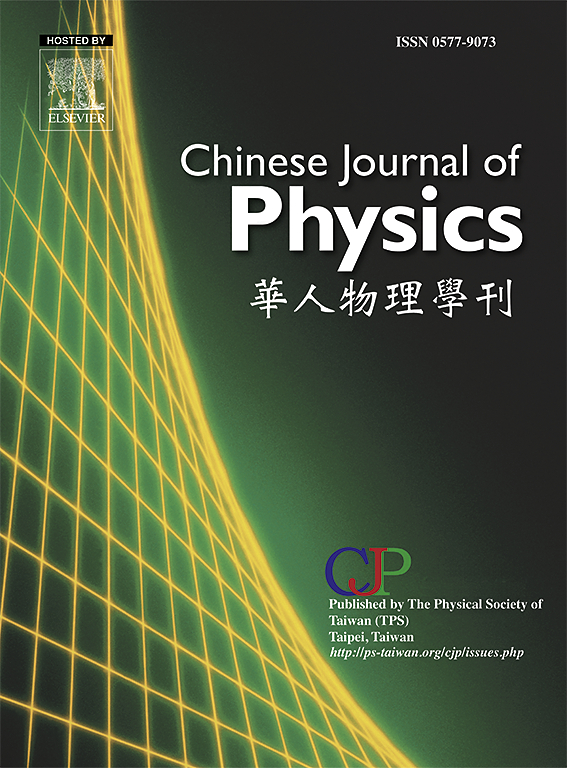Dumbbell, crescent and tadpole shape deformability of erythrocytes on intravascular photobiomodulation via micro-pillar array with deep learning visualizing
IF 4.6
2区 物理与天体物理
Q1 PHYSICS, MULTIDISCIPLINARY
引用次数: 0
Abstract
An advanced detection system of erythrocytes integrated with the micro-pillar array in the microfluidic chip (MPMC) and deep learning visualizing system (DLVS) has been developed to measure the deformability of stroke patients’ erythrocytes before and after the intravascular photobiomodulation (iPBM). The pass-through rate of healthy individuals and stroke patients’ erythrocytes can be controlled via tuning the spacing of micro-pillars and calculated through dividing the number of erythrocytes at the outlet by the number at the inlet. DLVS evaluates erythrocytes’ health condition with a convolutional neural network and software to replace manual counting, which helps to improve the overall detection efficiency. When the spacing of micro-pillars is down to 3.21 μm, the stroke patients’ erythrocytes after iPBM transform squeezing into the micro-pillar from dumbbell to crescent and tadpole-like shape, expecting that their stiffness is modulated to become extremely low compared to those patients without iPBM. The pass-through rate change of stroke patients before and after iPBM is about 15–20 %. The shrinkage rate of RBC areas is from 20 to 44 %, and the deformability change evaluated by circularity is from 47 % to 62 % depending on specific shapes, respectively. High crescent-shape deformability of erythrocytes treated by iPBM causes the higher pass-through rate to facilitate erythrocytes to squeeze into the micro-pillar array. This advanced detection system is a breakthrough development that allow stroke patients to realize their blood health condition and doctors to diagnose patients’ future clinical treatment precisely.
求助全文
约1分钟内获得全文
求助全文
来源期刊

Chinese Journal of Physics
物理-物理:综合
CiteScore
8.50
自引率
10.00%
发文量
361
审稿时长
44 days
期刊介绍:
The Chinese Journal of Physics publishes important advances in various branches in physics, including statistical and biophysical physics, condensed matter physics, atomic/molecular physics, optics, particle physics and nuclear physics.
The editors welcome manuscripts on:
-General Physics: Statistical and Quantum Mechanics, etc.-
Gravitation and Astrophysics-
Elementary Particles and Fields-
Nuclear Physics-
Atomic, Molecular, and Optical Physics-
Quantum Information and Quantum Computation-
Fluid Dynamics, Nonlinear Dynamics, Chaos, and Complex Networks-
Plasma and Beam Physics-
Condensed Matter: Structure, etc.-
Condensed Matter: Electronic Properties, etc.-
Polymer, Soft Matter, Biological, and Interdisciplinary Physics.
CJP publishes regular research papers, feature articles and review papers.
 求助内容:
求助内容: 应助结果提醒方式:
应助结果提醒方式:


